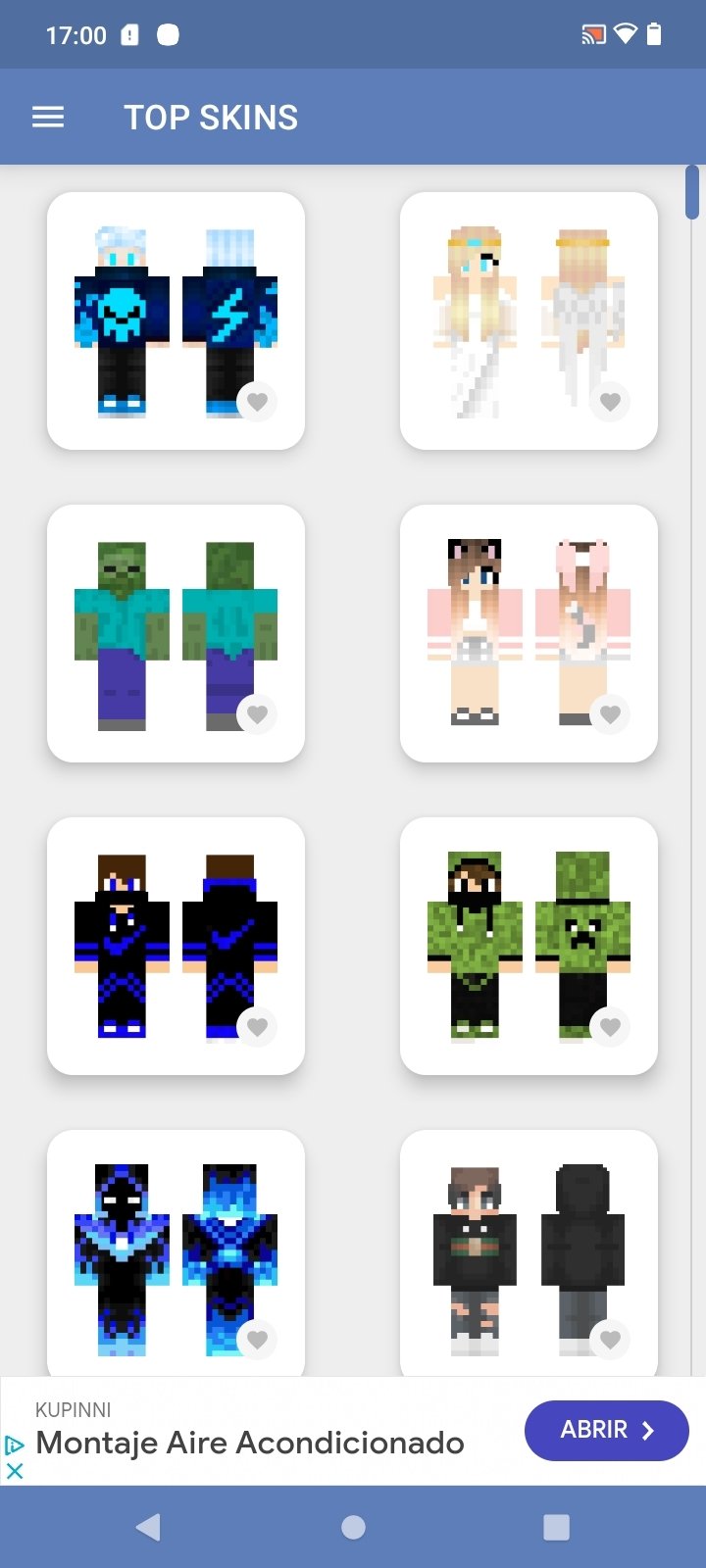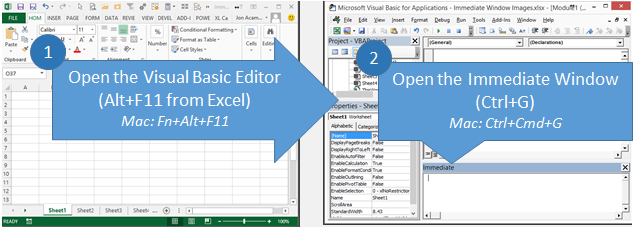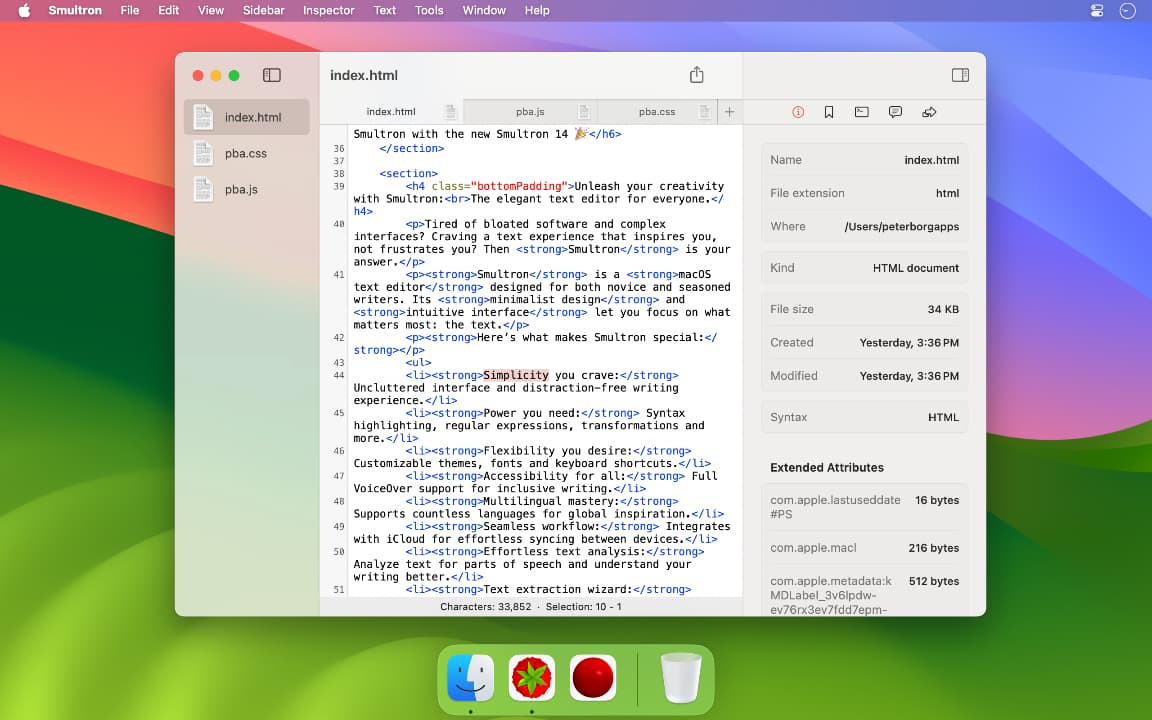
For complicated reasons, the Visual Basic engine wasn’t object oriented “enough.” In particular, objects could have properties, but those properties couldn’t, themselves, be objects. Rather than implement two object models, the Excel team concluded that the object model for Excel had to be Apple Events compatible. To be a good Mac player, Microsoft had to support Apple’s cross-application scripting architecture, Apple Events.

There were a bunch of complicated requirements, though. Thus, the obvious choice for Excel’s next macro language was some version of Visual Basic. Much as professional programmers sneer at the Basic programming language, market research unambiguously showed that about 2/3rds of the kinds of accidental programmers who develop macros preferred Basic to other languages and perceived it to be easy. Combining a graphical UI builder similar to NeXTSTEP’s Interface Builder with a simple Basic programming language that was highly compatible with QuickBasic, it rapidly became the best selling programming language, a position it maintained until droves of developers switched to web development. In 1991, Visual Basic 1.0 had just shipped to rave reviews. The first few versions of Excel (1.0 through 4.0) had a rudimentary macro programming capability using a programming language so embarassing that it never had a name, although it was sometimes called XLM (its file extension). Now the Microsoft Visual Basic editor should appear and you can view your VBA code. Then click on the Editor option in the Visual Basic group. Select the Developer tab from the toolbar at the top of the screen.

In the Customize section, check Developer in the list of tabs to show. When the Excel Preferences window appears, click on the Ribbon icon in the Sharing and Privacy section. To display the Developer tab, click on Preferences under the Excel menu at the top of the screen. The Developer tab is the toolbar that has the buttons to open the VBA editor and create Form Controls like buttons, checkboxes, etc.
#VB EDITOR FOR MAC FOR MAC#
You can access the VBA environment in Excel 2011 for Mac by opening the Visual Basic editor.įirst, be sure that the Developer tab is visible in the toolbar in Excel.
#VB EDITOR FOR MAC HOW TO#
This Excel tutorial explains how to open the Visual Basic Editor in Excel 2011 for Mac (with screenshots and step-by-step instructions). Moving to the cloud: Like the other apps in the latest Mac Office suite. Excel 2016 for Mac brings lots of welcome improvements to the workhorse spreadsheet but also leaves out useful tools. In this chapter, learn how to create a simple macro.

1 Create a Macro: With Excel VBA you can automate tasks in Excel by writing so called macros. VBA (Visual Basic for Applications) is the programming language of Excel and other Office programs. It’s a separate application but you can only use it with Excel.
#VB EDITOR FOR MAC CODE#
Visual Basic Editor is a code editor for VBA. Written by Puneet for Excel 2007, Excel 2010, Excel 2013, Excel 2016, Excel 2019, Excel for Mac. Excel Visual Basic Editor (Windows + MAC) – The Ultimate Guide. I'll add the code here and if there's anyone out there with a good answer please let me know how to make this work on a Mac. It works brilliant on my PC, but on my friends Mac it doesn't work at all. I have created an Excel-workbook with a VBA form in it for saving information in a new sheet every time you use the form.


 0 kommentar(er)
0 kommentar(er)
